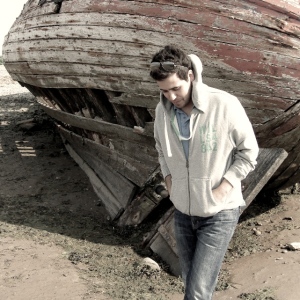I have been featuring fantastic female fantasy authors (see disclaimer) but this has morphed into interesting people in the speculative fiction world. Today I’ve invited the talented James Maxey to drop by. (Further disclaimer, James and I are both published by Solaris).
Look out for the give-away at the end of the post.
 Q: Your series is called Dragon Age and the books are called Bitterwood, Dragonseed and Dragonforce. Your new series is called Dragon Apocalypse and the first book is GreatShadow– who is a ‘primal dragon of fire, an elemental evil whose malign intelligence spies upon mankind through every candle flame, waiting to devour any careless victim he can claim’. Can we take it from this that you really like dragons?
Q: Your series is called Dragon Age and the books are called Bitterwood, Dragonseed and Dragonforce. Your new series is called Dragon Apocalypse and the first book is GreatShadow– who is a ‘primal dragon of fire, an elemental evil whose malign intelligence spies upon mankind through every candle flame, waiting to devour any careless victim he can claim’. Can we take it from this that you really like dragons?
The first thing you should know is that dragons are constantly stalking me in my bedroom. (See the photos of the shadow dragons I’ve attached. I swear these are not photoshopped.) Since they have yet to devour me, I assume they’re instead whispering subliminal messages in my ears filling me with urges to write about them.
As an author, I’m fascinated with dragons for their mythic impact. I think humans are hardwired to be on the lookout for dragons. If you think about it, we evolved from small monkey-like creatures who had strong evolutionary pressure to watch out for big snakes, big cats, and big birds. Blend these animals together, and you get a dragon. Dragons provide a path into the deep and primal instincts of readers. The small mammals inside us feel compelled to keep their eyes fixed on these ultra-predators.
 Q: In an interview on Shimmer you said: ‘My books feature dragons as the oppressive rulers of humanity, and Burke is a rebel who hates dragons. Anza is his only child, and, while he might have wanted a son, he’s decided to turn his daughter into a dragon-killing machine. After I decided that Anza had been trained since she could walk to be a fighter, I wrote a battle scene where she kills someone in complete silence. It was then that the character revealed to me that she never talked; she’d been mute since birth. I had to go back and rewrite all the scenes where she spoke, which was a pain, but completely worth the effort. With a lot of my best characters, I don’t so much design them as discover them.’ From this I take it you are not a plotter so much as a pantser? (Pantsers write by the seat of their pants. ie. they let the story take them where it and the characters want to go).
Q: In an interview on Shimmer you said: ‘My books feature dragons as the oppressive rulers of humanity, and Burke is a rebel who hates dragons. Anza is his only child, and, while he might have wanted a son, he’s decided to turn his daughter into a dragon-killing machine. After I decided that Anza had been trained since she could walk to be a fighter, I wrote a battle scene where she kills someone in complete silence. It was then that the character revealed to me that she never talked; she’d been mute since birth. I had to go back and rewrite all the scenes where she spoke, which was a pain, but completely worth the effort. With a lot of my best characters, I don’t so much design them as discover them.’ From this I take it you are not a plotter so much as a pantser? (Pantsers write by the seat of their pants. ie. they let the story take them where it and the characters want to go).
I normally go into a book with some sort of broad outline, but outlining only helps me think about the big plot points and the most obvious character motivations. So, in Greatshadow, when I’m thinking on the outline level, Infidel’s motivation for wanting to slay the dragon Greatshadow is so that she can steal his treasure and have enough wealth to retire from her life as a mercenary and live the rest of her days in peace. That sort of straight-forward, big picture motivation is all I need to start writing. But, if I only wrote down the big picture stuff, I’d have a book about 20 pages long. So, I’ve got to fill in each scene with detail and dialogue, and the more the characters talk, the more they evolve, and I’m able to start drilling down deeper and deeper into what really, really motivates them. To the degree that I’m a pantser, it’s because I’m willing to toss out my outlined plot points and let the characters go where they want to go as my knowledge of them increases. Sometimes I wind up back exactly where the plot required them to be (for instance, Infidel still has a climatic scene where it all comes down to her facing off against the dragon). But, other times, my plot does a 180 turn as the character rejects my master plans and tells me what they really want to do, and I wing it and charge blindly into terra incognita.
Q: Do you think that writers are in a unique position to explore and process the major experiences of their life through their writing?
 Hmm. I don’t know about unique. Certainly an actor or musician or artist would have similar opportunities to channel their emotion into their chosen careers. But, an accountant or a mall security guard… maybe not so much.
Hmm. I don’t know about unique. Certainly an actor or musician or artist would have similar opportunities to channel their emotion into their chosen careers. But, an accountant or a mall security guard… maybe not so much.
I process a lot of pain through my writing. Greatshadow is dedicated to my best friend Greg Hungerford, who passed away two years ago. The novel is narrated by a ghost named Stagger, who is sort of a wastrel poet intellectual who looks back on his too-short life with a mix of fondness, cynicism, and black humor. Anyone who knew Greg will probably recognize a bit of him in Stagger. But, my writing isn’t informed only by loss. Greatshadow is also a love story; Stagger is secretly in love with his best friend, a butt-kicking female mercenary named Infidel. They spend almost all their time together, but Stagger is so addicted to her friendship he’s terrified of telling her of his romantic feelings, worried he’ll drive her away. As I was writing this, I happened to have a female friend who I spent a great deal of time with. Her name was Cheryl, and we liked to get together and go for hikes, but early on we’d decided that we weren’t dating and were just friends. This opened up a whole new level of conversation between us, as I wasn’t trying to impress her, so I was a bit less guarded. The more time I spent with her, the more I realized she was perfect for me, only now I was stuck. I enjoyed spending time with her so much that I was terrified that if I told her I loved her, she’d skedaddle. So, we were “just friends” for about three years. As I was writing Greatshadow with its “friends in love” plot, I kept thinking, “What if Cheryl reads this and thinks it’s about her?” Which eventually forced me to ask, “Is this about her?” Suddenly the book sounded very much like a secret message to tell myself that I really needed to man up and tell her how I felt. I did , learned she felt the same way, and we were married on 11-11-11.
Q: On a completely different note your book Nobody Gets the Girl is a superhero story. This looks like a heap of fun. Were you the sort of little boy who crept away to read comic books in a cubbyhouse?
 What do you mean, little boy? I still sneak away to read comic books. I’m a hard core superhero junkie. I’ve followed up Nobody with a novel from the villain’s perspective called Burn Baby Burn. And, the not so secret secret about Greatshadow is that it’s a superhero novel as well. All the main characters have superpowers. Infidel is super strong and invulnerable, Lord Tower flies and wears indestructible armor made of prayer, the Truthspeaker can edit reality with his words, and Menagerie can shapeshift into any of the animals that are shown in his head-to-toe tattoos. The book is kind of X-men meets Tolkien, supermen verus dragons. It’s an unapologetic orgy of geekiness.
What do you mean, little boy? I still sneak away to read comic books. I’m a hard core superhero junkie. I’ve followed up Nobody with a novel from the villain’s perspective called Burn Baby Burn. And, the not so secret secret about Greatshadow is that it’s a superhero novel as well. All the main characters have superpowers. Infidel is super strong and invulnerable, Lord Tower flies and wears indestructible armor made of prayer, the Truthspeaker can edit reality with his words, and Menagerie can shapeshift into any of the animals that are shown in his head-to-toe tattoos. The book is kind of X-men meets Tolkien, supermen verus dragons. It’s an unapologetic orgy of geekiness.
Q: You seem to be very keen on music (See Favourite Albums I discovered in 2011). Are you also a musician?
 I wish! Alas, somehow my fingers are capable of banging out a hundred words a minute on a QWERTY keyboard, yet completely unable to master five strings on a guitar. My voice has a vocal range of three notes, which only takes me so far when I’m singing. But, my tastes in music are strongly related to my literary urges. I’m drawn toward singer songwriters who confess all, like the Mountain Goats, and to dazzling, daring lyrical juggling acts like the Decemberists. Melody is important, but for good lyrics I’ll devour any musical style or genre.
I wish! Alas, somehow my fingers are capable of banging out a hundred words a minute on a QWERTY keyboard, yet completely unable to master five strings on a guitar. My voice has a vocal range of three notes, which only takes me so far when I’m singing. But, my tastes in music are strongly related to my literary urges. I’m drawn toward singer songwriters who confess all, like the Mountain Goats, and to dazzling, daring lyrical juggling acts like the Decemberists. Melody is important, but for good lyrics I’ll devour any musical style or genre.
Q: I notice you have several books up on Smashwords. Are you experimenting with self publishing? What have you learned from this?
With the exception of Burn Baby Burn, all my e-books are traditionally published books where I’d either never sold the e-rights or else they’d reverted back to me. Self-publishing e-books is a headache. All the major e-book outlets have completely different format requirement for listing your work, and you don’t really appreciate such subtle elements of cover art as the font choice until you’ve had to design your own covers.
However, the rewards are definitely worth it. Amazon has completely upended the whole career path for authors by offering 70% royalties on self-published e-books paid monthly. I’ve published four novels through traditional publishers, with three more under contract, and for the most part these have earned me more money than e-books… so far. But, traditional publishing usually only brings you two paychecks a year, and you’re in the dark on sales all the time. When you self publish an ebook, you get most sales data in real time. I not only know how many books I’ve sold this month, I can tell you how many I’ve sold this hour. I know when and how much I’ll get paid for each book sold, and usually get paid about a week early. It’s pretty amazing, and I think that any author with a back catalogue of existing books is foolish if they don’t self-publish it.
The big question is whether or not it makes sense to pursue self-publishing and ignore the more traditional path. Right now, I’m not quite willing to make that leap. I still get a thrill out of walking into a bookstore and seeing my books on the shelf. And, while ebook royalties are wonderful, the reality is that ebooks reach a smaller pool of readers right now than traditional books. So, if you want to be read widely and get broad bookstore distribution, selling your work to a traditional publisher is currently the best path to that end. But, this is changing rapidly. Getting your books into bookstores might not be as valuable ten years from now, since there might not be very many bookstores left. Readers who insist on paper books will probably persist for decades, but they will increasingly become like audiophiles who insist on only listening to music on LPs when everyone around them is streaming songs through their phones.
 Q: I was prompted to start this series of interviews because there seems to be a perception in the US and the UK that fantasy is a bit of a boy’s club. Do you think there’s a difference in the way males and females write fantasy?
Q: I was prompted to start this series of interviews because there seems to be a perception in the US and the UK that fantasy is a bit of a boy’s club. Do you think there’s a difference in the way males and females write fantasy?
I assume you are talking about epic fantasy? Because I would argue that the fantasy shelves of most bookstores are dominated by female writers, mostly writing urban fantasy. At most conventions I go to, the mix of male to female writers seems to be pretty well balanced. As for a difference in the writing, I don’t think I can point to any difference in male and female writing that isn’t completely masked by the variations between individual authors. I don’t think an average reader could read one of Gail Z. Martin’s novels and one of my books and come away thinking they were written by the same writer. But, the same is true of me and any male fantasy author as well.
Q: Following on from that, does the gender of the writer change your expectations when you pick up their book?
Not really. I suppose that there might be certain sub-genres where I might make an assumption on the likely gender of the writer; i.e., if I was told a book was military science fiction, I might assume the writer was male, and if I was told the book was a bodice-ripper romance, I might guess that the writer was female. But, for the most part, the gender of the author is just not a factor at all when I’m deciding what book to read next.
Q: And here’s the fun question. If you could book a trip on a time machine, where and when would you go, and why?
 How is this fun? If genuinely presented with this choice, it would torment me. Should I spend time with loved ones I’ve lost? Should I go back to my younger self and offer advice on what stocks to buy? Could I settle some big question once and for all, like whether Shakespeare wrote his own plays or if there really was a historical Jesus? Should I go to the Library in Alexandria before it burns and scoop us as many scrolls as humanly possible? What did dinosaurs really look like? What was Gobekli Tepe really used for? Could I come back with a dodo? A Tasmanian tiger? A snap shot of Cleopatra? Could I find out where the %#@$! Genghis Khan was buried?
How is this fun? If genuinely presented with this choice, it would torment me. Should I spend time with loved ones I’ve lost? Should I go back to my younger self and offer advice on what stocks to buy? Could I settle some big question once and for all, like whether Shakespeare wrote his own plays or if there really was a historical Jesus? Should I go to the Library in Alexandria before it burns and scoop us as many scrolls as humanly possible? What did dinosaurs really look like? What was Gobekli Tepe really used for? Could I come back with a dodo? A Tasmanian tiger? A snap shot of Cleopatra? Could I find out where the %#@$! Genghis Khan was buried?
I would forever be haunted by the ghosts of the choices I didn’t make.
Take this burden away from me. I do not have the strength to bear it.
Giveaway Question:
Which superpower would you rather have: Flight, invisibility, mind-reading, or regeneration? And, as a follow up, which of these powers do you think science is likely to bring to you via a wearable device in the next twenty years?
I’ll award a copy of Greatshadow to the most interesting answer.
James Maxey (ranting) Blog
James Maxey (writing) Blog
Follow James on GoodReads
Catch up with James on Facebook




















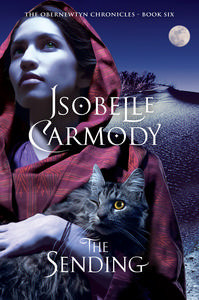


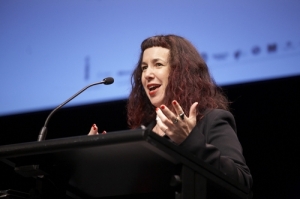
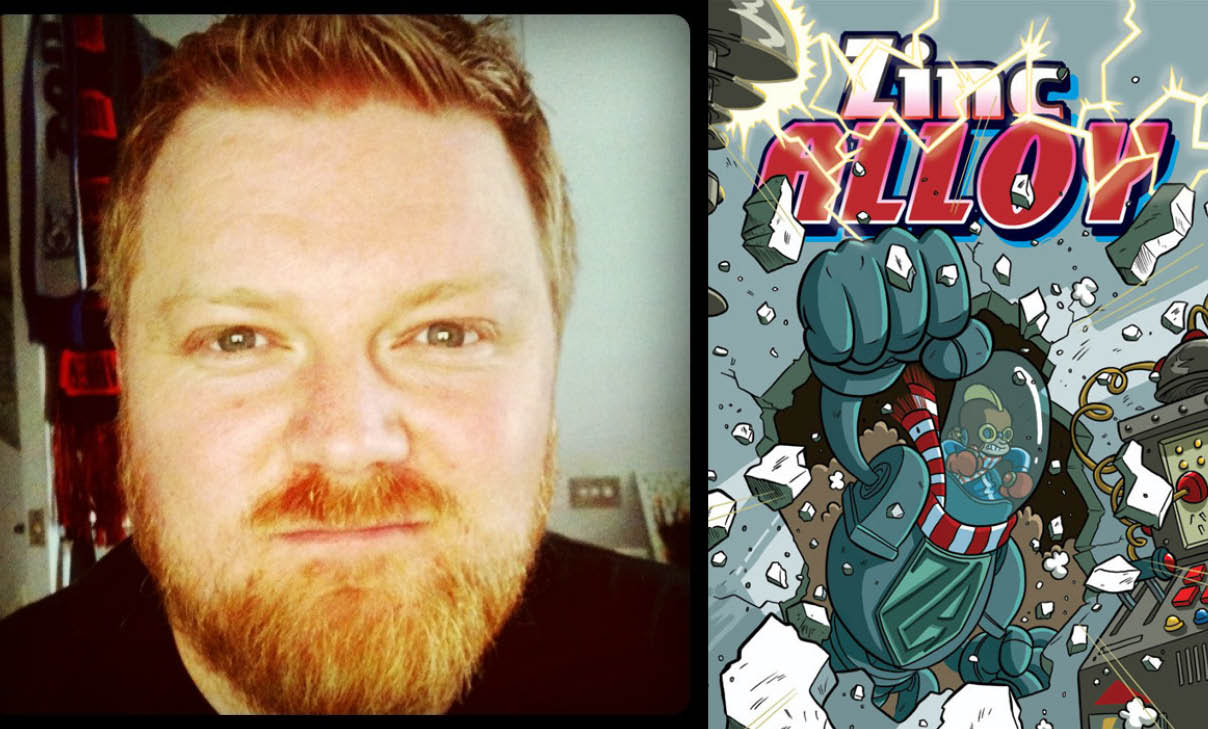






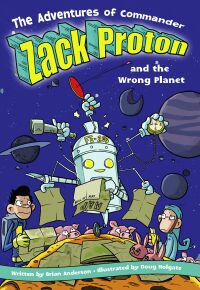



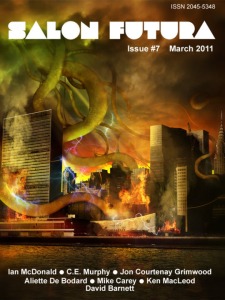

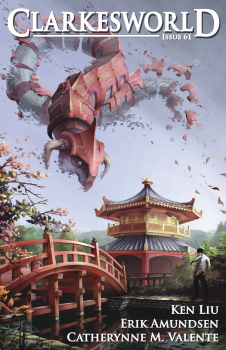
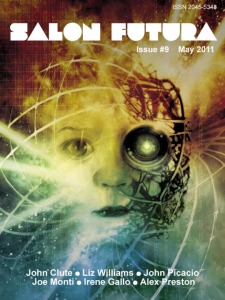

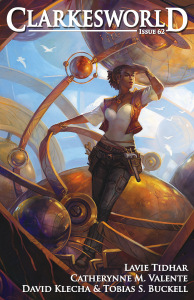
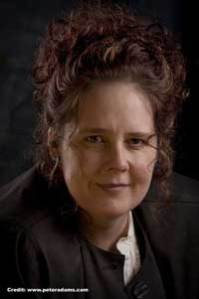



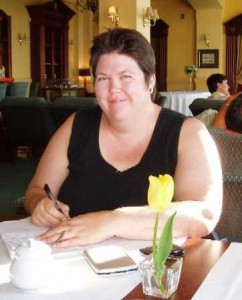



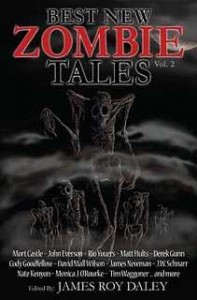









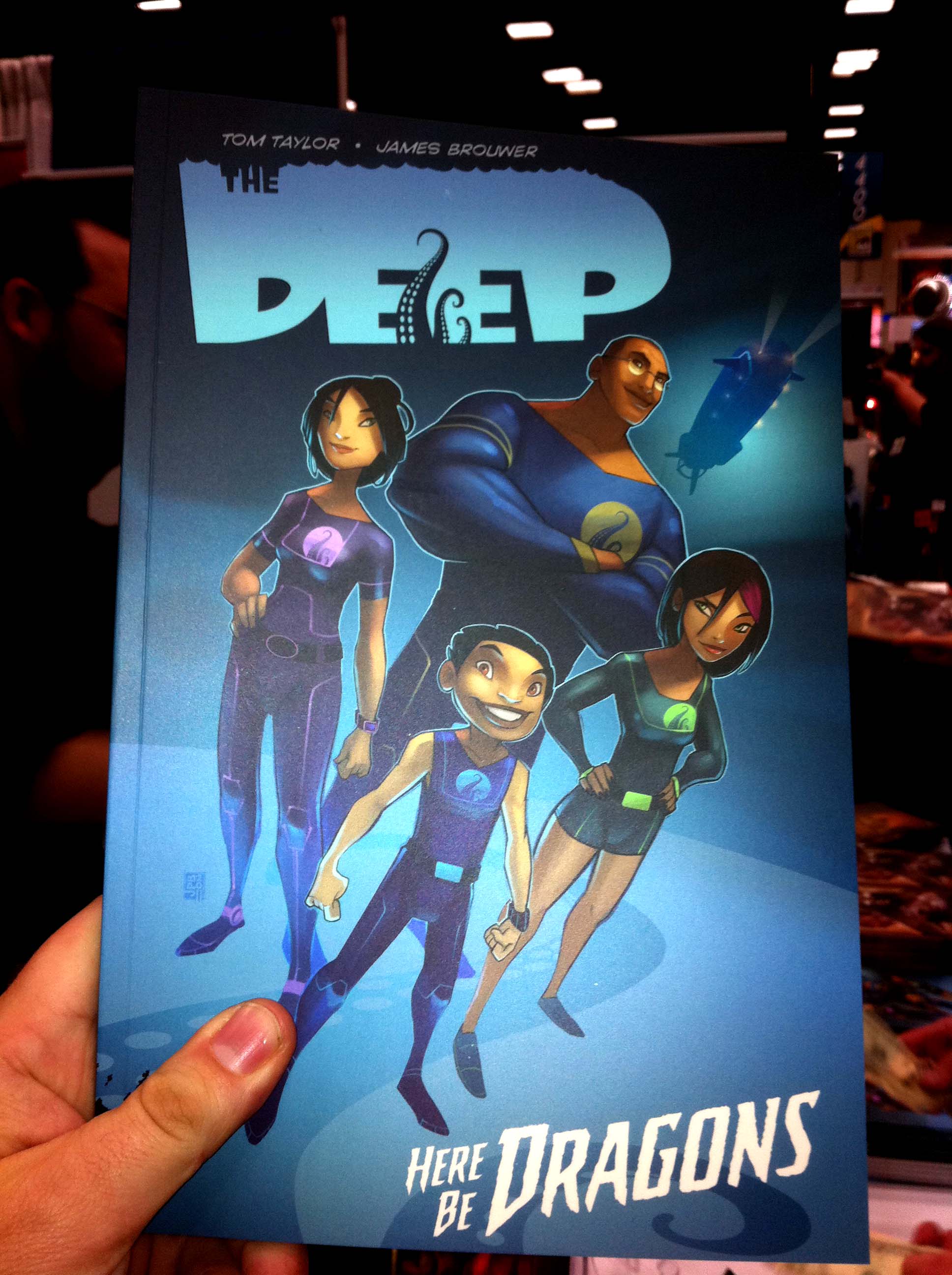

















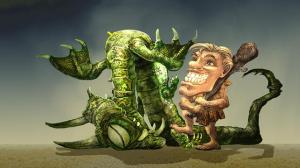





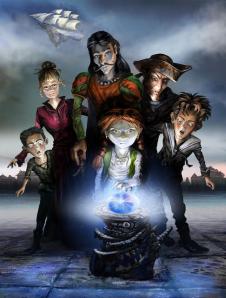






![Newton-CityOfRuinPBUK[3]](http://writersagainstobscurity.files.wordpress.com/2011/11/newton-cityofruinpbuk3.jpg)
